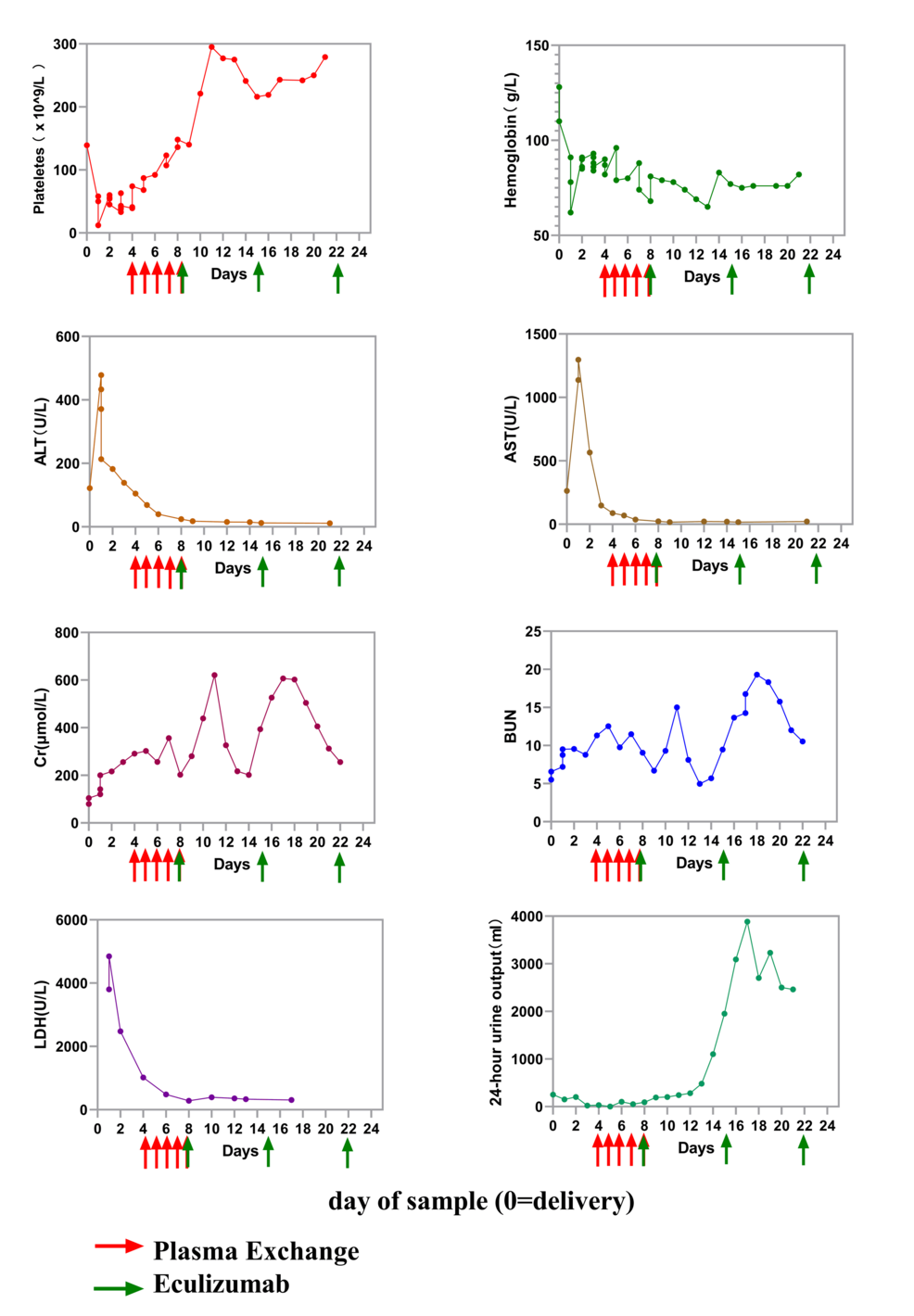Groundbreaking Gene-Editing Technique Successfully Treats First Infant Patient

WASHINGTON, D.C. — A significant breakthrough in medical science has occurred as a United States infant has become the first patient in history to receive treatment using a personalized gene-editing technique. This innovative approach has sparked hopes for individuals suffering from rare and obscure diseases, as reported by doctors on Thursday.
The infant, KJ Muldoon, is just 9.5 months old and is described by his caregivers as a joyful boy with chubby cheeks and striking blue eyes. His case represents not just a milestone in his personal health journey but also a potential turning point in the treatment of genetic disorders.
This pioneering treatment involves a highly advanced form of gene-editing technology, known as CRISPR-Cas9, which allows scientists to precisely alter DNA sequences and modify gene function. This technique, while still relatively new, has been making waves in the scientific community for its ability to correct genetic mutations that cause severe conditions. KJ's condition, which is classified as an ultra-rare genetic disorder, had previously limited his quality of life and posed significant health risks.
The process that KJ underwent was meticulously designed and executed by a team of leading researchers and medical professionals specializing in gene therapy. They tailored the treatment specifically for him, demonstrating the potential of personalized medicine to address unique health challenges. The implications of this successful treatment extend beyond KJ, as it lays the groundwork for similar interventions for other patients with rare diseases, many of whom currently have limited treatment options.



















